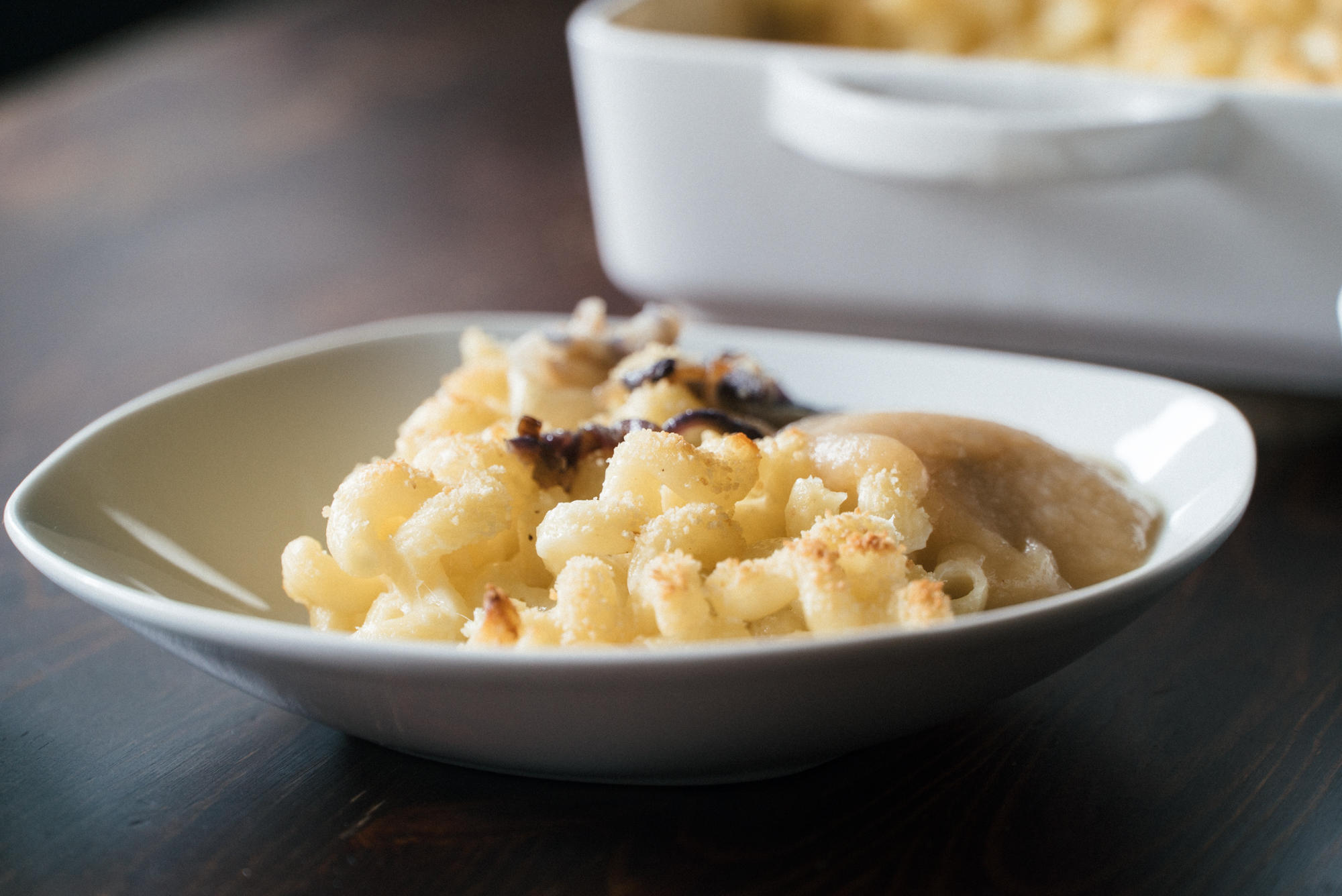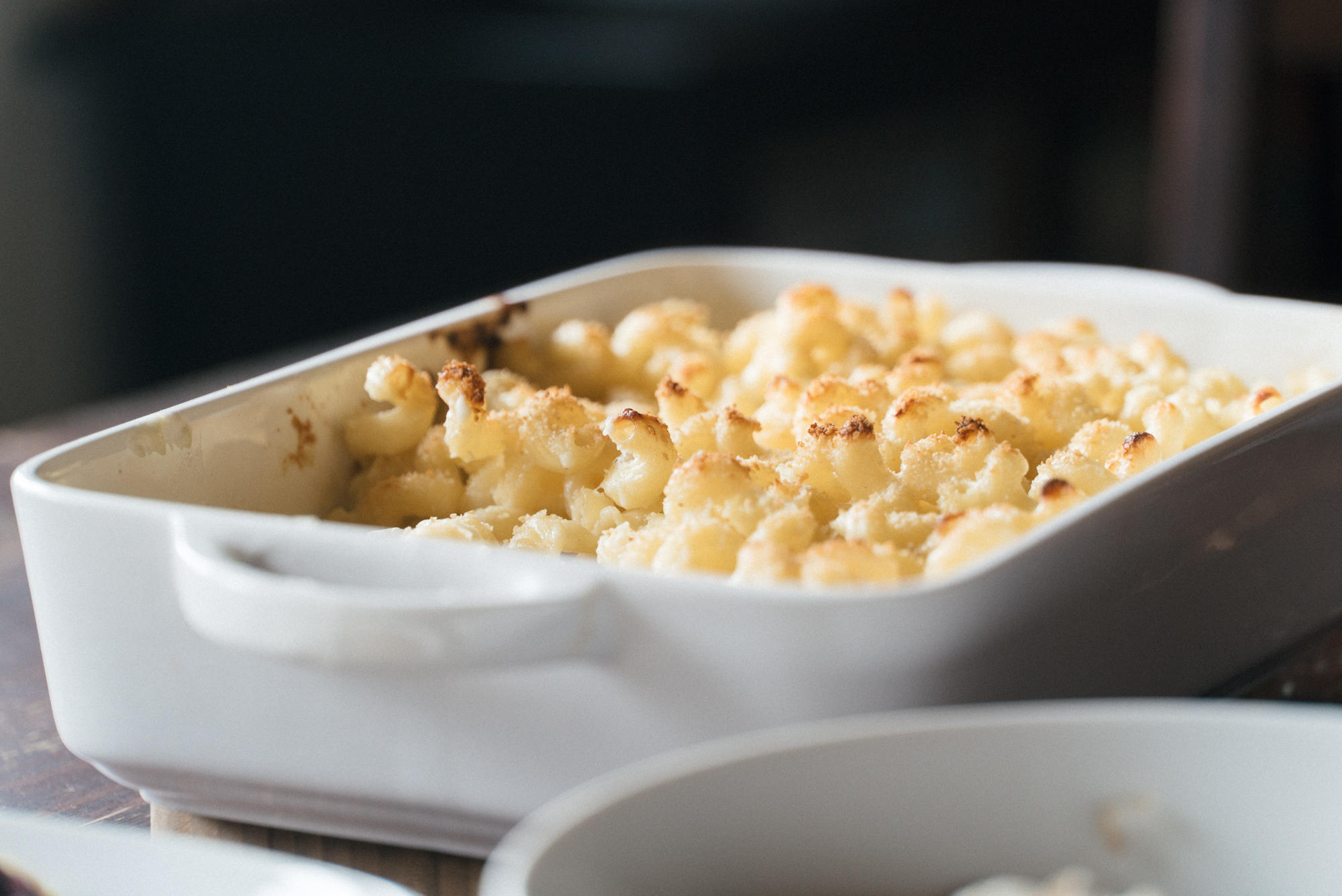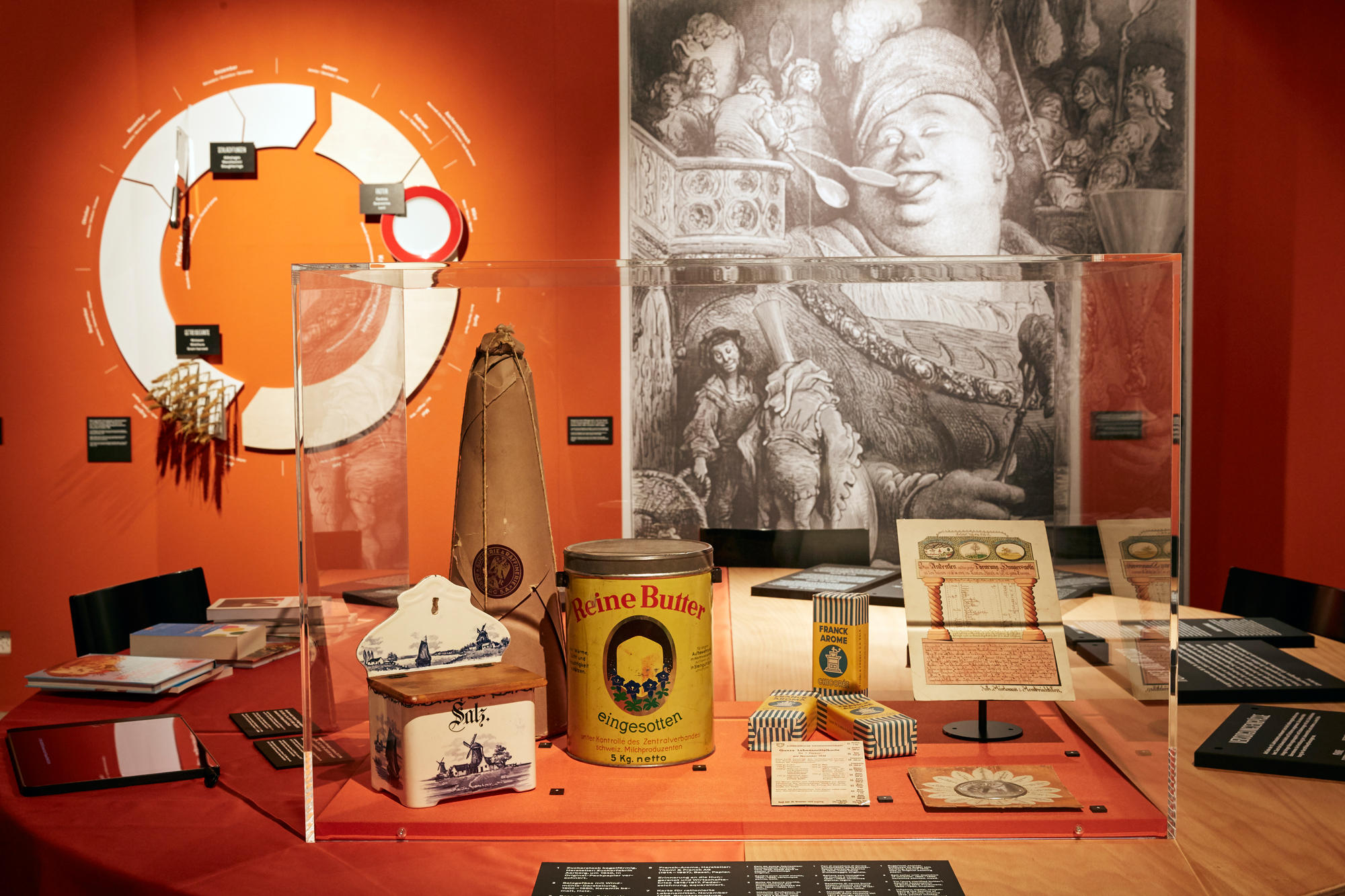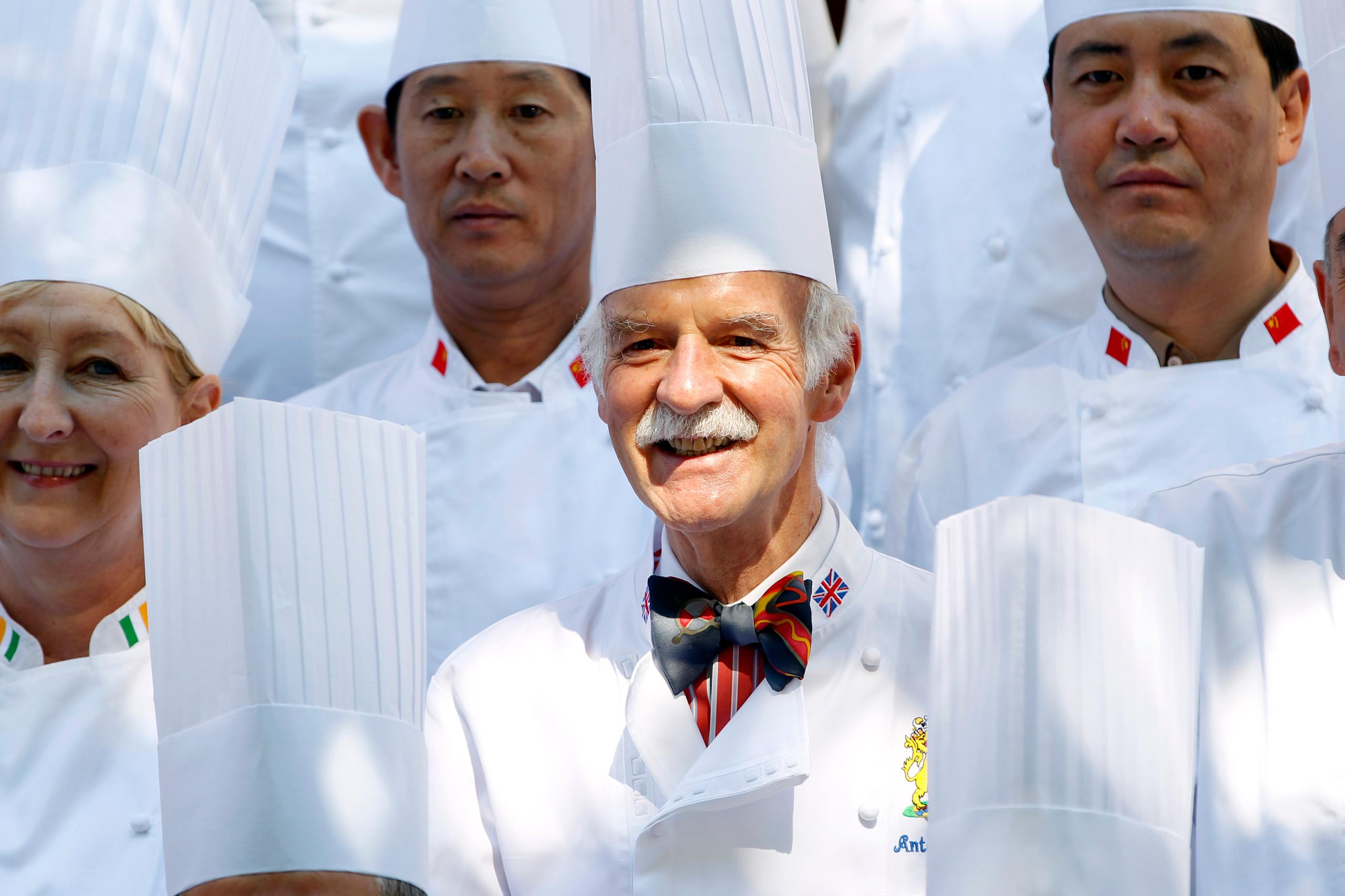Canadian-Swiss chef trades grilled cheese for Gruyère

When she made the move to Switzerland as a young adult, discovering the country’s cuisine and writing a cookbook helped dual citizen Andie Pilot feel at home in a place at once foreign and familiar.
Pilot, now 34, was a child living near Calgary when she first tasted a grilled cheese sandwich at a friend’s house. In true North American fashion, it was a slice of processed cheddar cheese between two pieces of white “Wonder” bread. When she got home, she asked her mother to make her one.
“My mom got out her rye bread, dipped it in white wine and put some gruyère cheese on it,” Pilot remembers.
Instead of turning up her nose at this Swiss-inspired version of the sandwich, Pilot says she became aware of a “whole other world of food”.
As she grew up, exploring more European recipes helped her decide to train as a pastry chef, after which she decided to take advantage of her Swiss citizenship to move to the country and try to find work in a bakery.
In the country of her ancestors, she began to discover all kinds of interesting recipes. She found she needed a place to keep track of them all and share them with friends back in Canada who kept asking her how to make things like fondue or Christmas cookies. So her blog, Helvetic KitchenExternal link, was born.
Today, it contains dozens of recipes illustrated with attractive photos, from the very traditional Swiss “Birchermüesli” to Pilot’s own twists on Swiss ingredients, such as Toblerone mousse or Ovomaltine ice cream sandwiches.

More
Finding home through food
A non-foreign foreigner
Having spent her childhood summers visiting her mother’s family in eastern Switzerland, Pilot knew aspects of Swiss life well, like how to get around by train or what to shop for in the stores. But she didn’t grow up speaking a national language and says she mostly “felt like a tourist” during those annual visits. It made for an often-challenging experience during her early months as a Swiss permanent resident.
“There were times, especially around getting a job and feeling secure, that were really scary for me,” she recalls.
Working as a pastry chef proved too difficult because Swiss bakeries were only prepared to offer her an apprenticeship or internship at first – not enough to make a living. So Pilot began teaching English and sharing her love of food with her students by making it a discussion point in class.
“Food was such a great topic to talk about because people have such strong opinions about it and everyone wants to share their family’s recipes,” she says. Looking back, she thinks having that common conversation point helped her feel at home in Switzerland, even as she struggled with learning German and getting up the confidence to speak it.
“If someone had told me at the time not to worry about being shy or making mistakes, that would have been good advice,” she says.
Tasting Switzerland
Pilot originally moved to Switzerland intending to stay a year. Today, she is settled in long-term with her Swiss husband and one-year-old daughter, living across the street from a field of cows among the rolling hills of the Emmental region. Her mother, who left Switzerland for Canada in the 1960s, has also just moved in nearby and is going through the process of re-integrating in her homeland.
As her lexicon of recipes grew, the blogger decided to take them from the virtual space to the physical in the form of a cookbook. She approached a few publishers and chose her favourite recipes from the blog to put into book form, complete with short stories about each one and small illustrations she did herself. The cookbook version of Helvetic Kitchen came out in December 2017.
Pilot continues to learn about her now-home country through its food, taking regular culinary-inspired trips to different regions of Switzerland to try several versions of a recipe before perfecting it for her blog. Her next project involves a series of drink recipes. Pilot also draws inspiration from old, regional cookbooks and more contemporary favourites like Betti Bossi (Switzerland’s Betty Crocker).
“Sometimes my family gets sick of having the same meal or dessert over and over,” she says of the many times she re-creates a dish before deciding which recipe to publish.
Culinary history
Just as important as perfecting each recipe is telling the story behind it. Some are contemporary, like how Pilot got ahold of a Swiss ski legend’s mother’s recipe for cholera, a pot pie-like specialty from canton Valais. Others come from history, such as the story of canton Glarus’s “schabziger” cheese, which dates back to a ninth-century monastery.
When prompted, Pilot struggles a bit to think of a typically Canadian dish (poutine? maple syrup?). The food of the country where she grew up comes from, as she puts it, “a great mix of people who have immigrated to Canada and opened restaurants”.
Switzerland, on the other hand, has countless deep-seated culinary traditions that also go hand-in-hand with the many cultures to be found within its borders.
“There are all these little pockets of different traditions and language in such a compact place,” Pilot says of her chosen home. “The idea that all of these places manage to exist together harmoniously in such a small area is really wonderful.”

Recipe: Zigerhöräli (macaroni and cheese from Glarus)
Ingredients:
400 g (4 cups) macaroni
Big knob of butter
1 tbsp flour
500 ml (2 cups) milk
100 g (3.5 oz) Schabziger cheese, grated
250g (2 cups) Gruyère or other hard cheese, grated
Nutmeg, salt, pepper
3 tbsp breadcrumbs
More butter for topping
Preheat oven to 200 Celsius / 400 Fahrenheit
Butter a large 2.5-litre (10 cup) baking dish
Bring a big pot of salted water to a boil, and once it’s boiling add the pasta. One the pasta is cooked, strain into a colander.
Put the empty pot back on the stove over medium heat. Add the butter and as soon as it is bubbling, sprinkle over the tablespoon of flour. Whisk well. Once the flour has been incorporated, slowly pour in the milk, still whisking. Once this is bubbling add the cheeses. Stir until everything is creamy and uniform. Add nutmeg, salt and pepper to taste.
Add the pasta back to the pot and give everything a good stir.
Pour the pasta into the buttered baking dish. Sprinkle with breadcrumbs and stud with bits of butter.
Bake for about 10-15 minutes, or until the breadcrumbs are crisp and lightly browned.
Serve with applesauce and fried onions
Serves about 4 people.

In compliance with the JTI standards
More: SWI swissinfo.ch certified by the Journalism Trust Initiative













You can find an overview of ongoing debates with our journalists here . Please join us!
If you want to start a conversation about a topic raised in this article or want to report factual errors, email us at english@swissinfo.ch.